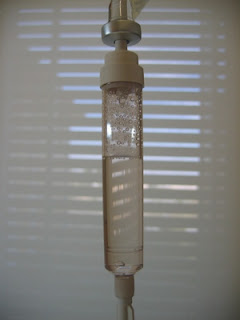 |
| An antimetabolite drip (chemotherapy) |
 |
| A dividing cancer cell |
 |
| A comparison of cell division |
This blog's purpose is to promote the novel, The Long Habit of Living, by Mark Zipoli. Posts have excerpts from the book and related visuals to give the reader a heightened literary experience. Oftentimes posts may refer to my championing the works of John Cowper Powys, Orhan Pamuk, Doris Lessing, Anita Brookner, and other heroes.
 |
| An antimetabolite drip (chemotherapy) |
 |
| A dividing cancer cell |
 |
| A comparison of cell division |
No comments:
Post a Comment